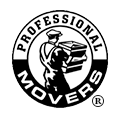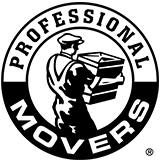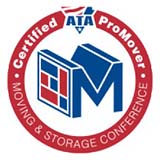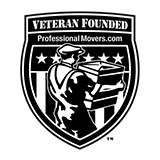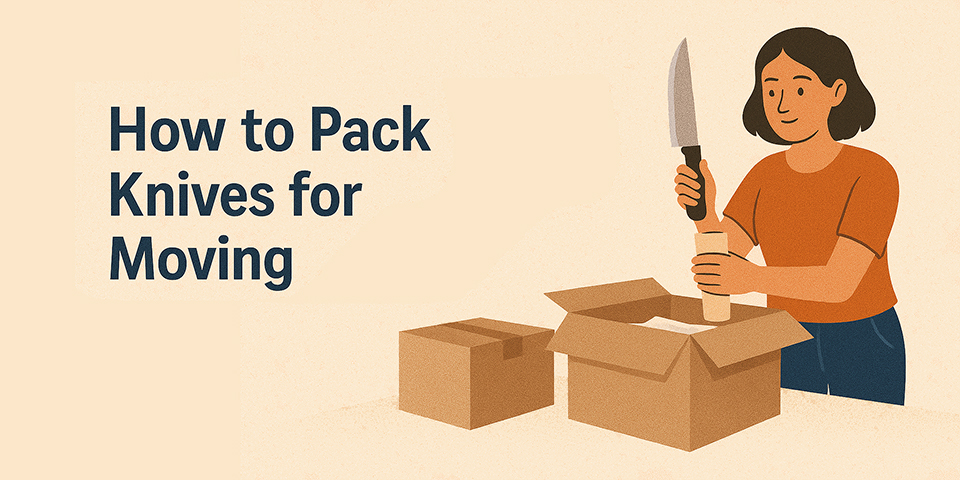
Packing knives requires careful planning and attention to detail to ensure they arrive safely at your new home. From selecting appropriate materials to properly wrapping each blade, a systematic approach helps prevent injuries and damage during transit. Many homeowners find that consulting with a professional moving company provides valuable guidance on handling sharp objects safely during relocation. This guide offers practical tips to help you pack your knife collection properly, keeping both you and your valuable cutlery protected throughout the moving process.
Selecting the Right Packing Materials
When preparing to pack knives for a move, selecting appropriate packing materials is essential for safe transportation. The foundation of knife safety during a move begins with the right supplies. Start by gathering sturdy cardboard boxes in various sizes to accommodate different types of knives. These boxes should be in good condition without tears or weak spots that might compromise their strength during transit.
Next, obtain bubble wrap or packing paper to individually wrap each knife. This protective layer prevents blades from contacting each other and reduces the risk of accidental cuts when handling the packed knives. Also, gather packing peanuts or crumpled paper to fill empty spaces within boxes, ensuring knives remain secure and stationary during transport.
Safely Securing Individual Knives
To safely transport individual knives, wrap each blade in bubble wrap before placing them in sturdy cardboard boxes. Begin with a sheet of bubble wrap on a flat surface. Place the knife on the wrap, ensuring the blade is completely covered. Fold the bubble wrap sides over the blade and secure it with tape, making a snug protective covering.
When placing wrapped knives in the box, position them upright to prevent shifting during the move. Fill any gaps with additional bubble wrap or packing paper to minimize movement. Clearly label the box “Sharp Objects” and “Fragile” to alert movers that special care is needed.
Organizing and Grouping Knives
For efficient packing, sort knives by size and type before individual wrapping. Separate small knives like paring or utility knives from larger ones such as chef’s knives or cleavers. This grouping ensures similar knives stay together, simplifying unpacking and organization in your new kitchen.
Consider blade types when sorting. Group serrated knives together to prevent them from damaging straight-edged knives during transit. Keep specialty knives like boning or fillet knives separate from everyday kitchen knives to prevent accidental cuts while unpacking.
Safety remains paramount when organizing knives. Ensure all knives are securely stored and clearly labeled to prevent mishaps during the moving process. Taking time to thoughtfully categorize your knives streamlines both packing and unpacking.
Packing Knives in Boxes
Create a cushioned base in a sturdy cardboard box by layering crumpled packing paper at the bottom before placing your wrapped knives. This foundation helps protect knives during transport. Arrange the wrapped knives on this base, ensuring they’re evenly spaced and not touching each other to prevent damage.
Fill spaces between knives with additional crumpled packing paper to keep them stationary during transit. Add another layer of packing paper on top before sealing the box for extra protection.
Secure the box with strong packing tape and label it appropriately. When loading the box into the moving vehicle, place it in a stable position where it won’t slide or tip. Following these steps helps ensure your knives arrive safely at your new home.
Labeling and Handling Instructions
Proper labeling and handling instructions are crucial for boxes containing packed knives. Safety for both movers and your knives depends on clear communication. Mark each box with bold warnings such as “Sharp Knives – Handle with Caution.” Include specific instructions on the box indicating how to properly carry and set it down to prevent accidents.
Always keep knife boxes upright and secure during transport to prevent shifting of contents. Consider moving these boxes yourself, when possible, to ensure careful handling. If using professional movers, clearly communicate what’s inside these boxes and stress the importance of cautious handling.
Related Articles:
Get Your Move Estimate
Professional Movers.com believes in complete transparency. We have no hidden fees with our pricing. Fill out our simple, online form and one of our Moving Consultants will reach-out to learn more about your move, answer your questions, and provide you with an accurate estimate.
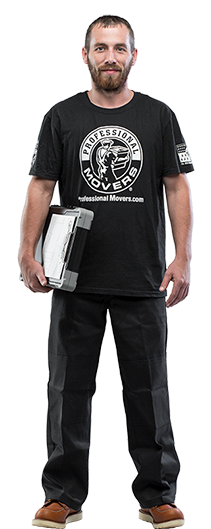
"*" indicates required fields


